Medical Sciences Program among most respected in nation
By Alex Branch
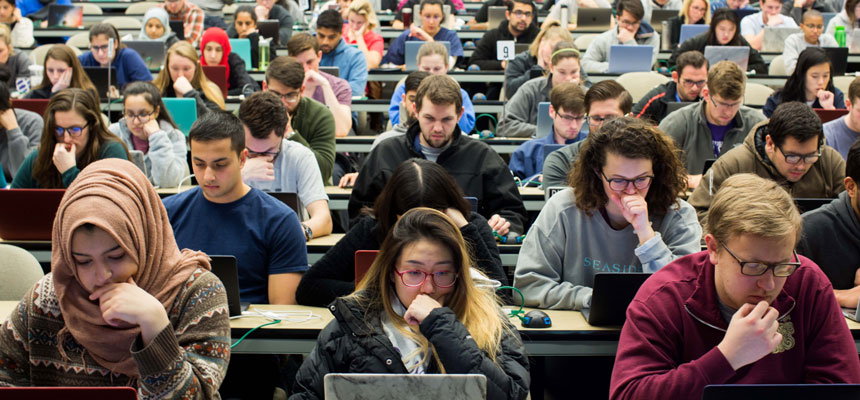
The ambivalence Sohail Siraj initially felt in college showed in the grades he earned his freshman and sophomore years at Texas A&M University.
MS in Medical SciencesLearn more about admissions requirements, curriculum and application process. |
The Houston native wasn’t a bad student, but rather an unfocused one, unsure of what he wanted to do in life.
He discovered medicine his junior year, and it clicked. He earned close to a 4.0 grade point average on his last 60 hours of science courses. But when he prepared his applications for medical school, he found himself competing against students with pristine transcripts, exceptional MCAT scores and abundant volunteer hours.
“There are people who knew they wanted to be doctors when they were 10 years old,” Siraj said. “I was 20, and I already felt so far behind everyone else.”
He was denied admission to medical school. But an admissions official saw potential in his transcript and test scores. The official told Siraj he needed to prove himself and suggested he look into the Medical Sciences Program at UNT Health Science Center.
The one-year Master of Science program provides unique opportunities for people to enhance their credentials to get into medical school or other health profession programs. Each year, it is a highly sought destination for 230 students.
In the past three years, about 88 percent of Medical Sciences graduates were admitted into medical school or another health professions program.
“I’m comfortable saying we are among the most respected programs of this kind across the country,” said Patricia Gwirtz, PhD, Associate Dean in the Graduate School of Biomedical Sciences. “Admissions officials at schools outside Texas stay in touch with me because they know our graduates will be well prepared to handle medical school.”
Siraj, who graduated from the program in May, has improved his transcripts, received MCAT preparation coursework to improve his score and spent 40 hours shadowing a Grapevine, Texas, neurologist. He also was president of the student Medical Science Community Service Organization.
“If you can succeed in this program, you can succeed in medical school,” Siraj said. “The difference in my applications for medical school before and after this program will be night and day.”
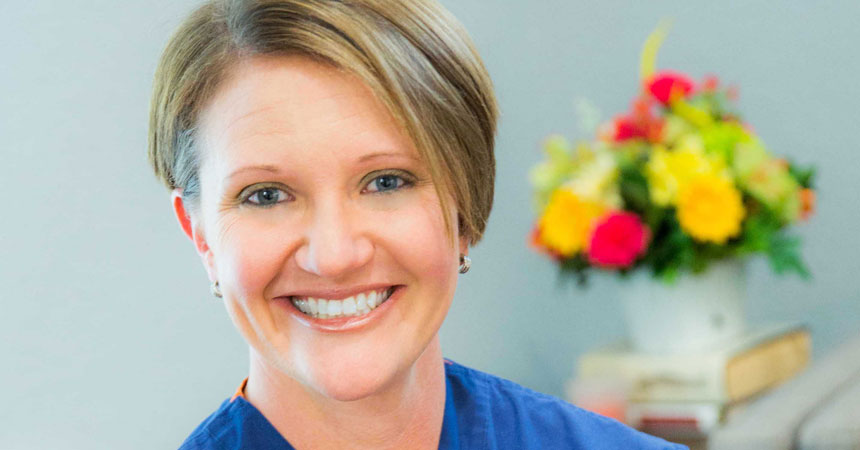
First graduate
In 1999, Lindsay McBride walked into a UNTHSC lecture hall and sat among a class of mostly first-year medical students.
A member of the small inaugural class of the Medical Sciences Program, McBride had graduated near the top of her college class at Texas A&M University-Corpus Christi. But she wasn’t a great standardized test taker and was denied admission to medical school.
A UNTHSC adviser told her she was a good fit for the new Medical Sciences Program, at the time so small that its students were intermixed in classes for first-year medical students.
“But we never felt like second fiddle,” McBride said. “I think the medical students and faculty saw very quickly that, ‘Hey, these kids are smart and good at this. They have potential.’”
Potential is precisely what Medical Sciences admissions officials look for, Dr. Gwirtz said. Admission into medical school is so competitive that one slip — one mediocre semester in undergraduate school, for example – can make all the difference.
More than 800 students apply for the program’s 230 slots each year. Program officials scrutinize test scores, performance in science courses, letters of evaluation, volunteer hours and essays explaining what students hope to gain from the program.
“These are extremely bright kids,” Dr. Gwirtz said. “They’re often 4.0 students, but there might be one thing missing in their portfolio. The question we ask ourselves is, ‘Can we help this student?’”
McBride became the program’s first graduate. She got into UNTHSC’s Texas College of Osteopathic Medicine and did her residency in obstetrics and gynecology at JPS Health Network. In 2009, she opened a successful practice in Weatherford, Texas, becoming the first female OB-GYN in Parker County.
“The Medical Sciences Program helped me get where I am today,” Dr. McBride said.
‘Feels like family’
Some medical schools across the country have similar programs, but many operate as feeder schools for the school offering the program.
While about 50 Medical Sciences graduates were accepted into the Texas College of Osteopathic Medicine in 2017, others went to medical schools across the country and in Canada and Australia.
“From the day I got here, every person involved in the program has been completely committed to helping prepare me and my peers to get into medical school,” said Russell Vo, who was a Medical Sciences student from the University of Texas. “The support is genuine, and it feels like family here.”
Not all Medical Sciences want to pursue medical school. Some students are preparing for physician assistant studies, physical therapy, chiropractic, or even veterinarian school. Recently, pre-dental students have been drawn to the program.
“I kept wondering why and finally called the admission offices at dental schools and explained I was getting all these applications from dental students,” Dr. Gwirtz said. “It turned out all three dental schools in Texas had started referring potential students to our program.
“This year, we have 15 dental students, so we’ve established preceptorships with professional dentists to help give these students the strongest learning experience.”
Proving you belong
Medical Sciences is an effective barometer of students’ motivation to complete medical school.
The program’s academic workload is between 50 and 60 percent that of medical school, Dr. Gwirtz said. If students find the workload too taxing or just not what they want to spend the next four years studying, better to discover that now than after they have already started medical school.
Program graduates who did not pursue medical school, or another health care profession program, have gone on to become college professors or high school science teachers.
Graduates who do enter medical school find a built-in support network. Graduates admitted to medical school at UNTHSC arrive already having friendships and study partners, said Sarah Hmaidan, a Medical Sciences graduate and third-year medical student.
“We’d share notes and edit each other’s essays,” Hmaidan said. “There is a lot of camaraderie because each of us had a reason we’re not in medical school, and each of us believed we deserve to be there.
“This program is the chance to prove you do belong.”
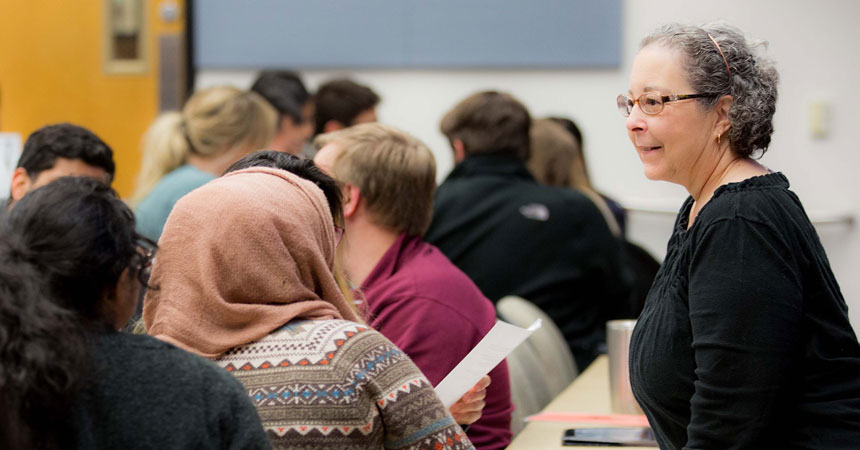
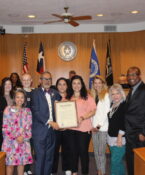

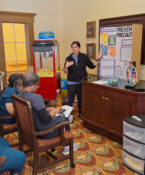
![Uyen Sa Nguyen Scaled[58]](https://www.unthsc.edu/newsroom/wp-content/uploads/sites/16/Uyen-Sa-Nguyen-scaled58-145x175.jpg)

Social media